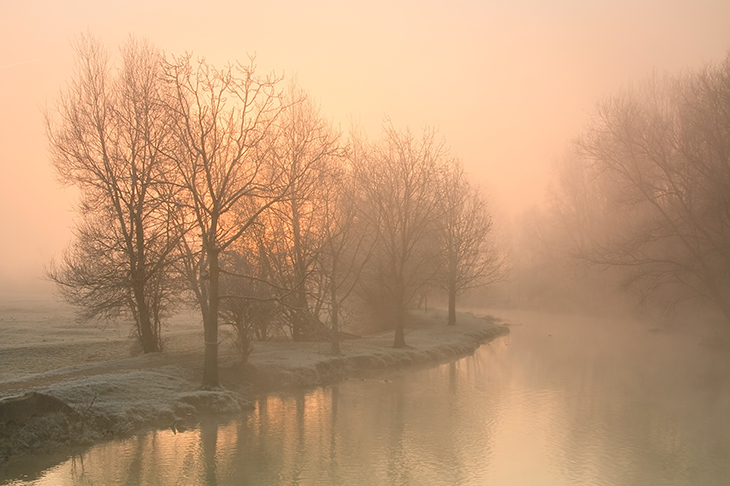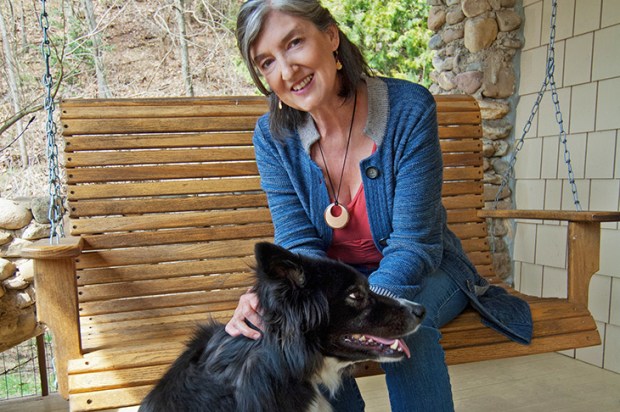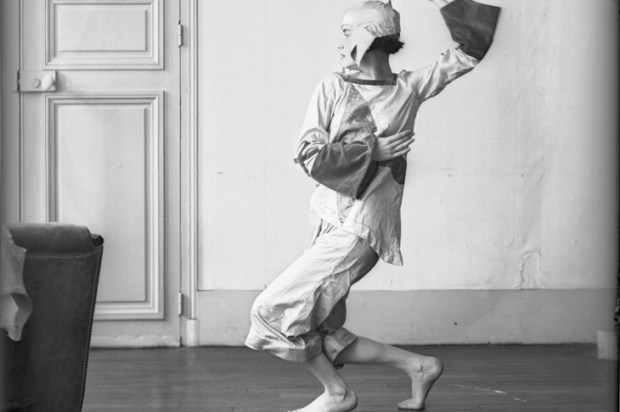While its shape is famous — prominent on maps of London and Oxford — the Thames is ‘unmappable’, according to Diane Setterfield, because it not only ‘flows ever onwards, but is also seeping sideways, irrigating the land to one side and the other’. In Once Upon a River, she redefines the boundaries that separate land and water. The Thames ‘finds its way into wells and is drawn up to launder petticoats and to be boiled for tea’ and ‘from teapot and soup dish, it passes into mouths’.
Setterfield places the Thames all around, underneath and inside her characters — it nourishes their crops but also destroys them; it hydrates people but drowns them. It’s an understatement to say that the river is a character in this novel. It is more a god — powerful, changeable, violent and mysterious.
The characters — residents of Victorian Buscot, Radcot and Oxford — live in fear and reverence of it. It takes lives but also, unsettlingly, gives lives back. In her characterisation of the Thames — that transforms a tame, familiar river into a stalking, unfathomable, supernatural presence — Setterfield firmly establishes this novel in the Gothic suspense genre for which she’s known, where all things commonplace become strange.
On the Thames’s banks (where villages are imagined closer together than in reality, so that rumours can circulate more swiftly) is the Swan pub at Radcot, to which, on the winter solstice, an injured man carries a drenched four-year-old girl with no pulse or discernible breath. Hours later, the drowned child wakes.
This opening event provides the crux of the novel, one to which other mysteries — a stolen pig, a kidnap, a murder, a ghostly punter who saves people on the river, a suspicious fortune teller — connect. As with most tales set at this period (around the publication of Darwin’s The Origin of Species), Once Upon a River is concerned with the borderline between science and magic. Changelings, underwater goblins, mermaids and ghosts are credited with causing unexplained events, making this novel feel far enough removed from real life to be a comforting read.
Setterfield is a master of the medium. Like the river at its core, her plot twists and turns with ease and confidence, and her writing is beautiful.The story she tells — and which her characters retell — is as vivid as the old folktales and real histories that inform it.
Got something to add? Join the discussion and comment below.
Get 10 issues for just $10
Subscribe to The Spectator Australia today for the next 10 magazine issues, plus full online access, for just $10.
You might disagree with half of it, but you’ll enjoy reading all of it. Try your first month for free, then just $2 a week for the remainder of your first year.














Comments
Don't miss out
Join the conversation with other Spectator Australia readers. Subscribe to leave a comment.
SUBSCRIBEAlready a subscriber? Log in